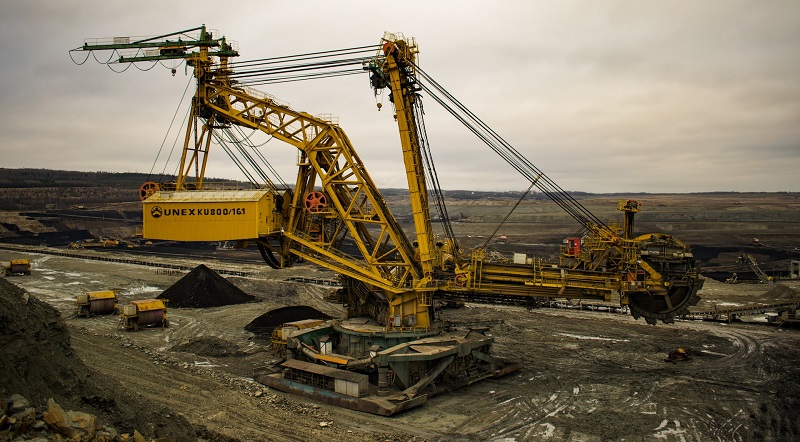The construction industry’s backbone is the various types of cranes used to move heavy objects and materials. But with great power comes great responsibility; these machines require regular, thorough inspections to ensure safety and compliance with regulations. Welcome to our comprehensive guide on major crane inspections.
Understanding The Importance Of Major Crane Inspections
The importance of major crane inspections cannot be understated. The safety of workers and the public is at stake, and regulatory bodies worldwide mandate regular inspections. Crane inspections help identify potential issues before they lead to accidents, ensuring that cranes can operate safely and efficiently. They also contribute to a longer life span for these valuable machines, saving companies from costly repairs and replacements.

Types Of Crane Inspections
Different types of cranes necessitate different types of inspections. The main ones are overhead crane inspections, mobile crane inspections, and tower crane inspections. Each of these has unique components that require distinct inspection methods. Understanding the specifics of each type of inspection is crucial to maintaining a safe working environment.
Key Components Of Major Crane Inspections
Major crane inspections involve examining various components to ensure they are in good working condition. These include the structure of the crane, the mechanical parts, the electrical system, and the safety devices. Each of these components plays a critical role in the overall operation of the crane, and any issues can lead to dangerous situations.
Role Of Crane Operators In Inspections
Crane operators play a crucial role in inspections. They are often the first to notice any issues and are responsible for conducting regular checks of the crane’s operation. Their intimate knowledge of the crane’s functioning makes them invaluable in maintaining safety and efficiency.
Understanding Crane Regulation Compliance
Compliance with crane regulations is a legal requirement for construction companies. These regulations, set out by bodies such as the Occupational Safety and Health Administration (OSHA) in the United States, outline the standards for crane safety and the frequency of inspections. Non-compliance can lead to heavy fines and potentially dangerous situations.
Crane Inspection Standards
Crane inspection standards vary by country, but they generally involve checking the crane’s functionality and safety features. These checks should be conducted by a certified inspector who has the knowledge and expertise to identify any potential issues. The inspector will then provide a report outlining any problems and recommendations for repairs or maintenance.
The Future Of Crane Inspections
With the advent of new technologies, the future of crane inspections looks bright. Drones and other remote inspection tools are becoming increasingly popular, allowing for more thorough and less risky inspections. Additionally, digital reporting systems are making it easier to track and manage inspection data, leading to more efficient and effective safety practices.
Conclusion
Major crane inspection are an essential aspect of the construction industry, ensuring safety and regulatory compliance. By understanding the types of inspections, the key components inspected, the role of crane operators, and the standards set by regulatory bodies, companies can keep their cranes in top-notch condition and avoid potential accidents. As technology continues to evolve, so too will the methods for conducting these crucial inspections, improving safety and efficiency even further.
Whether you are a crane operator, a construction company owner, or someone else involved in the construction industry, having a comprehensive understanding of major crane inspections is vital. Take the time to familiarize yourself with the procedures and standards, and your commitment to safety and compliance will pay off in the long run.
Remember, the importance of major crane inspections is not just about ticking off a box on a compliance checklist; it’s about ensuring the health and safety of everyone involved. Stay safe out there!





